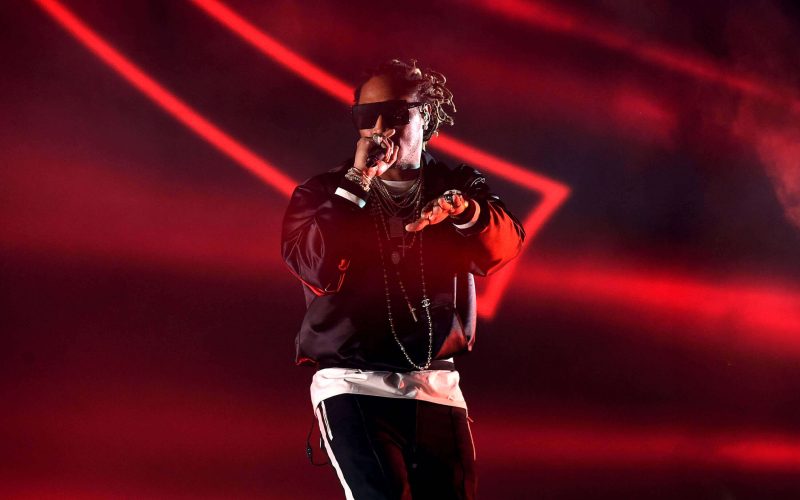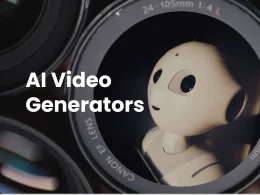Introduction
Live concerts have long been a cherished form of entertainment, offering fans a chance to see their favorite artists perform in person, feel the energy of the crowd, and create lasting memories. However, the landscape of live concerts is evolving, driven by technological advancements and changing consumer preferences. The future of live concerts lies in the seamless blending of virtual and in-person experiences, creating hybrid events that cater to a broader audience and offer unparalleled engagement.
The Evolution of Live Concerts
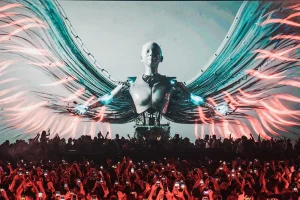
-
Early Beginnings
Live concerts have a rich history that dates back to ancient civilizations. From Greek amphit heaters to medieval troubadours, music has always been a communal experience. The 20th century saw the rise of large-scale concerts, with iconic performances like Woodstock and Live Aid becoming cultural milestones.
-
Technological Advancements
The advent of technology has significantly transformed live concerts. The introduction of electric instruments, sound amplification, and sophisticated lighting systems enhanced the concert experience. In recent years, digital technology has further revolutionized the industry, with high-definition screens, advanced sound systems, and immersive visual effects becoming standard features.
The Impact of the COVID-19 Pandemic
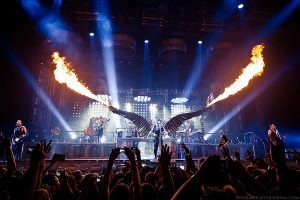
The COVID-19 pandemic had a profound impact on the live concert industry. With restrictions on large gatherings, artists and event organizers had to find alternative ways to connect with audiences. Virtual concerts emerged as a popular solution, leveraging streaming platforms and social media to reach fans worldwide.
-
Rise of Virtual Concerts
Virtual concerts offered several advantages during the pandemic. They eliminated geographical barriers, allowing fans from different parts of the world to attend the same event. Artists could also explore creative possibilities, using augmented reality (AR) and virtual reality (VR) to enhance the visual experience. However, virtual concerts lacked the communal atmosphere and physical presence that define traditional live concerts.
Blending Virtual and In-Person Experiences

-
Hybrid Concerts
The future of live concerts lies in hybrid events that combine the best of both worlds. Hybrid concerts offer a dual experience, where some fans attend in person while others participate virtually. This model provides flexibility, catering to those who prefer the physical presence of a live event and those who enjoy the convenience of virtual attendance.
-
Enhanced Engagement
Hybrid concerts can enhance audience engagement through interactive features. Virtual attendees can participate in real-time chats, polls, and Q&A sessions, creating a sense of community. In-person attendees can use mobile apps to access exclusive content, such as behind-the-scenes footage and artist interviews. The integration of AR and VR can further elevate the experience, offering immersive visuals and interactive elements.
-
Expanding Reach
Hybrid concerts have the potential to reach a broader audience. Artists can connect with fans who may not have the means or opportunity to attend in person. This inclusivity can foster a more diverse and global fan base. Additionally, hybrid concerts can accommodate different time zones, allowing fans to choose a convenient viewing time.
Technological Innovations Shaping the Future

-
Augmented Reality (AR) and Virtual Reality (VR)
AR and VR technologies are set to play a significant role in the future of live concerts. AR can enhance the live experience by overlaying digital elements onto the physical environment, creating dynamic visuals and interactive features. VR can transport virtual attendees to a simulated concert venue, offering a 360-degree view and spatial audio for a more immersive experience.
-
Holographic Performances
Holographic technology has the potential to revolutionize live concerts. Holograms can bring deceased artists back to life or allow current artists to perform in multiple locations simultaneously. While holographic concerts are still in their early stages, advancements in this technology could create new possibilities for live performances.
-
Blockchain and NFTs
Blockchain technology and non-fungible tokens (NFTs) are gaining traction in the music industry. Artists can use NFTs to offer unique digital collectibles, such as concert tickets, exclusive content, and virtual merchandise. Blockchain can also ensure transparency and security in ticketing, reducing the risk of fraud and scalping.
The Role of Social Media and Streaming Platforms
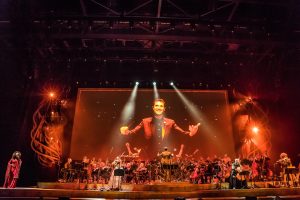
-
Social Media Integration
Social media platforms have become integral to the live concert experience. Artists use platforms like Instagram, Twitter, and TikTok to engage with fans, share updates, and promote events. Live streaming on social media allows artists to reach a vast audience and create real-time interactions.
-
Streaming Services
Streaming services like YouTube, Twitch, and specialized platforms like Veeps and Mandolin have become popular for hosting virtual concerts. These platforms offer features like live chat, virtual meet-and-greets, and donation options, enhancing the fan experience. The integration of streaming services with hybrid concerts can provide a seamless and accessible viewing experience.
Challenges and Considerations

-
Technical Challenges
While hybrid concerts offer numerous benefits, they also present technical challenges. Ensuring a stable and high-quality stream for virtual attendees requires robust infrastructure. Additionally, integrating AR and VR elements demands advanced technology and expertise.
-
Monetization
Monetizing hybrid concerts requires a balanced approach. Artists and organizers need to find ways to generate revenue from both in-person and virtual attendees. This may include tiered ticket pricing, exclusive content, and virtual merchandise.
-
Audience Experience
Maintaining a cohesive audience experience is crucial for hybrid concerts. Organizers must ensure that both in-person and virtual attendees feel engaged and valued. This involves designing interactive features, providing high-quality audio and visuals, and creating a sense of community.
Conclusion
The future of live concerts lies in the seamless blending of virtual and in-person experiences. Hybrid concerts offer a flexible and inclusive model that caters to a diverse audience. Technological innovations such as AR, VR, holography, and blockchain are set to enhance the concert experience, creating new possibilities for artists and fans alike. As the industry continues to evolve, the key to success will be finding the right balance between tradition and innovation, ensuring that live concerts remain a cherished and unforgettable experience.






